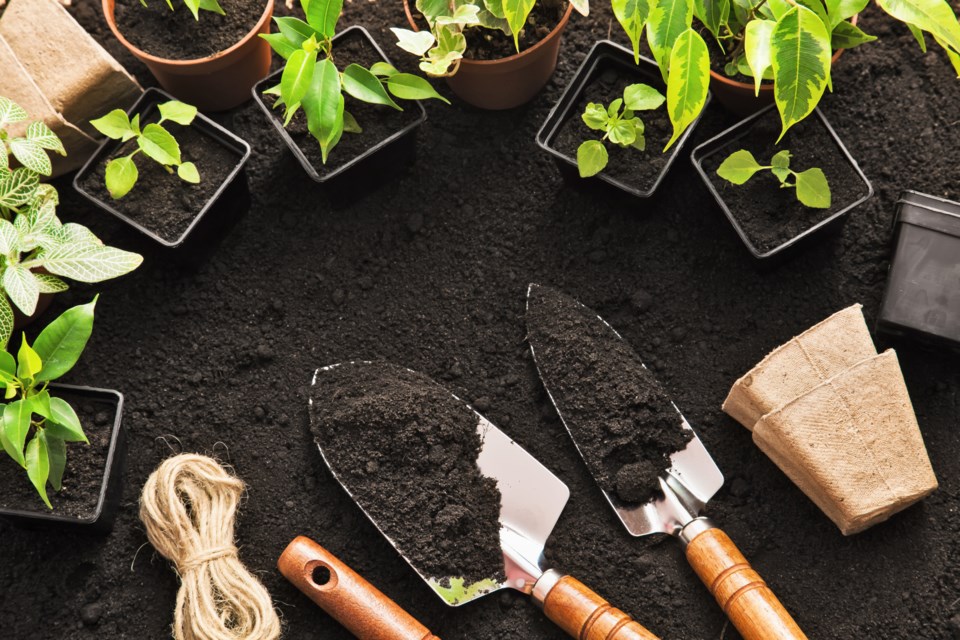EDITOR'S NOTE: OrilliaMatters is partnering with Sustainable Orillia to publish a weekly energy tip. Check back here every Tuesday evening for a new tip. For more information, visit the Sustainable Orillia website.
It may seem hard to believe, but there’s no better time than now to get organized and plan your garden for the summer months ahead.
Thoughts of sunny days and beautiful gardens will warm us up. A vital part of that vision includes bird, bees, butterflies and other pollinators dancing from one flower to the next, spreading all-essential pollen.
We need pollinators like bees, beetles, butterflies and, yes, even flies to protect our primary food source of fruits, vegetables and field crops.
Some 80% to 95% of all plant species require some form of pollination and creating a “pollinator garden” is one way we can help the balance of nature do its magic, at the same time ensuring humans of a continuing, affordable food supply.
A pollinator garden is designed and planted with specific nectar- and pollen-producing plants in a way that attracts pollinating insects. Some guidelines to create a pollinator garden include:
- Use local plants,
- Design with blooms and diverse species that will bloom in sequence, all season long,
- Plant in bunches of 5 to 9 plants or more,
- Avoid “double-bloom” varieties. The extra petals, although pretty, can be a barrier for pollinators,
- Stay pesticide free – consider ladybugs as a natural pesticide alternative,
- Plant milkweed for the Monarch butterflies, and
- If your garden permits, leave a section undisturbed, un-mulched, and un-watered for those insects who live in the ground, which includes 70% of our native bees.
Recommendations for annual and perennial flowers to plant in your pollinator garden or hanging basket could fill this page and several more. Orillia’s Hardiness Zone is between 4 and 5, which supports a lot of diversity and choice for your garden.
Our local nurseries, plus the City of Orillia Parks department, are the best source of advice and experience to help you plan your pollinator garden.
And for those of us who either don’t have a garden space or who would simply rather visit a garden then cultivate one ourselves, the City of Orillia has over 70 annual and perennial gardens, including two butterfly gardens and two community gardens – all of which have pollinator species planted throughout.
On a smaller scale, flower baskets, like the ones hanging throughout the downtown core, also provide nectar for pollinators.
Taking action to support pollinators helps protect the balance of nature and the future of our environment. They contribute directly towards a sustainable quality of life for us and our grandchildren down the road.
The more we get out there and help “the birds and the bees” weave their magic, the better it is for us all.
